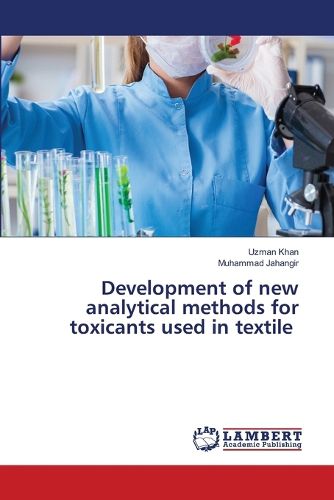Readings Newsletter
Become a Readings Member to make your shopping experience even easier.
Sign in or sign up for free!
You’re not far away from qualifying for FREE standard shipping within Australia
You’ve qualified for FREE standard shipping within Australia
The cart is loading…






Newly regulated toxicants like flame retardants, phthalates, biocides (MIT, CIT, OIT, Triclosan), ortho-phenylphenols, DMFu, and azo dyes lack certified testing methods, making detection in consumer products difficult. To address this, sensitive and rapid analytical techniques were developed for textiles, foam, leather, and plastics. Samples were extracted using an organic solvent at 60 degreesC for 60 min with sonication, followed by centrifugation and filtration. Toxicants were analyzed using GC/MS with a DB-5MS column and helium gas or UFLC. Extraction conditions were optimized, achieving good linearity (r (2) >= 0.9995) and recovery rates of 100 +/- 15%. LOQs ranged from 0.02 - 0.2 mg L? (1), with detected levels between 5.18 - 1798.14 mg L? (1). These methods effectively identified controlled substances across various matrices.
$9.00 standard shipping within Australia
FREE standard shipping within Australia for orders over $100.00
Express & International shipping calculated at checkout
Newly regulated toxicants like flame retardants, phthalates, biocides (MIT, CIT, OIT, Triclosan), ortho-phenylphenols, DMFu, and azo dyes lack certified testing methods, making detection in consumer products difficult. To address this, sensitive and rapid analytical techniques were developed for textiles, foam, leather, and plastics. Samples were extracted using an organic solvent at 60 degreesC for 60 min with sonication, followed by centrifugation and filtration. Toxicants were analyzed using GC/MS with a DB-5MS column and helium gas or UFLC. Extraction conditions were optimized, achieving good linearity (r (2) >= 0.9995) and recovery rates of 100 +/- 15%. LOQs ranged from 0.02 - 0.2 mg L? (1), with detected levels between 5.18 - 1798.14 mg L? (1). These methods effectively identified controlled substances across various matrices.